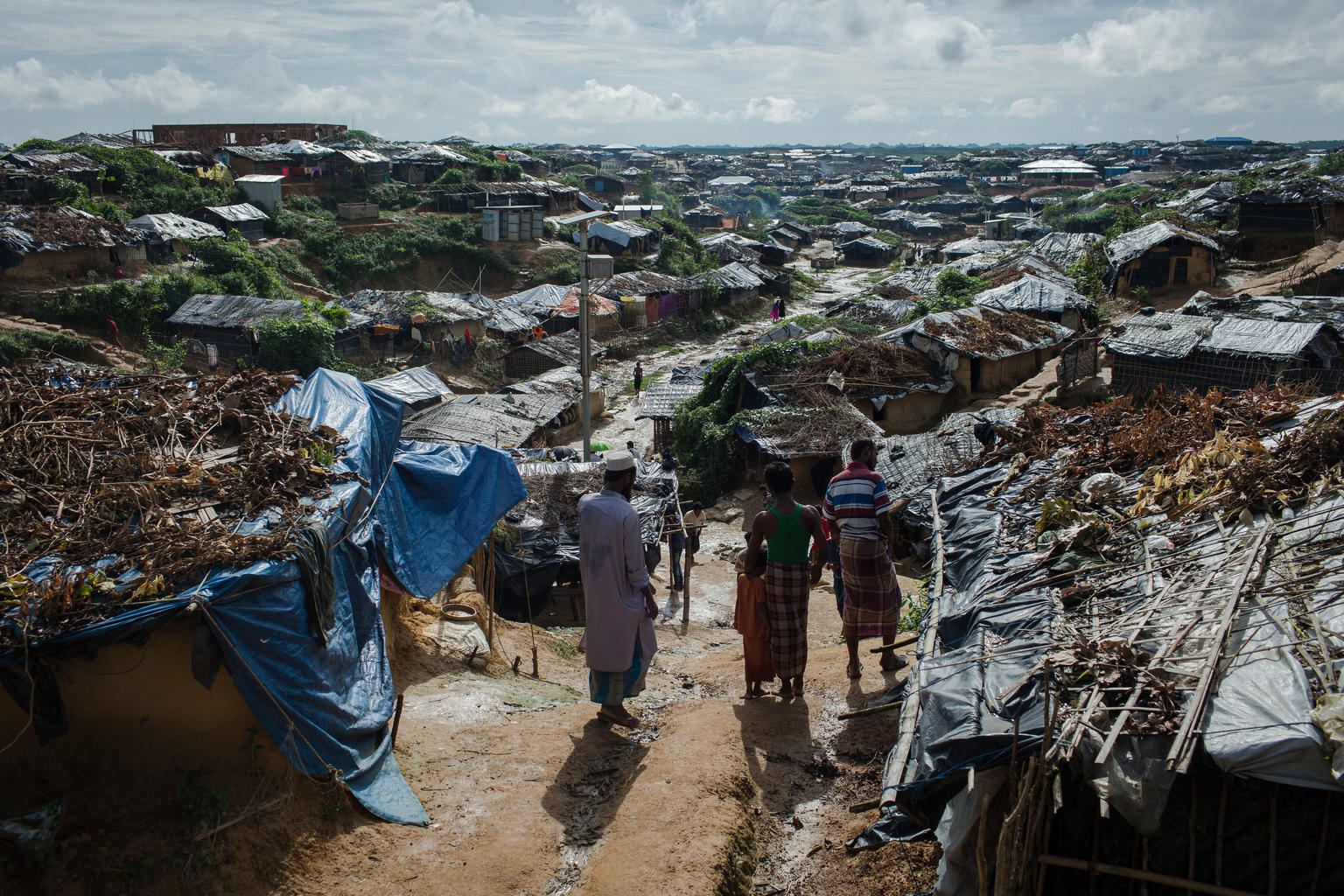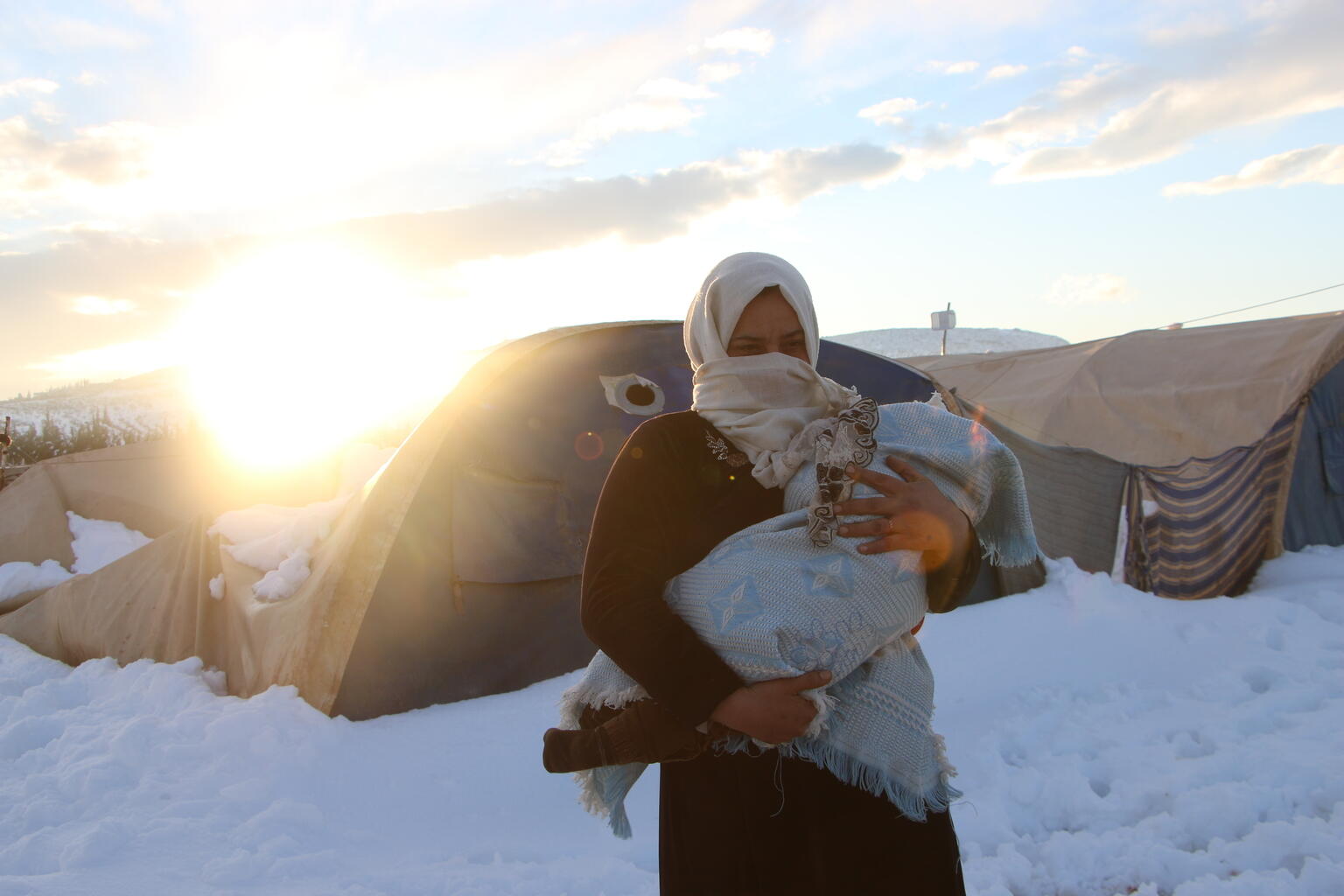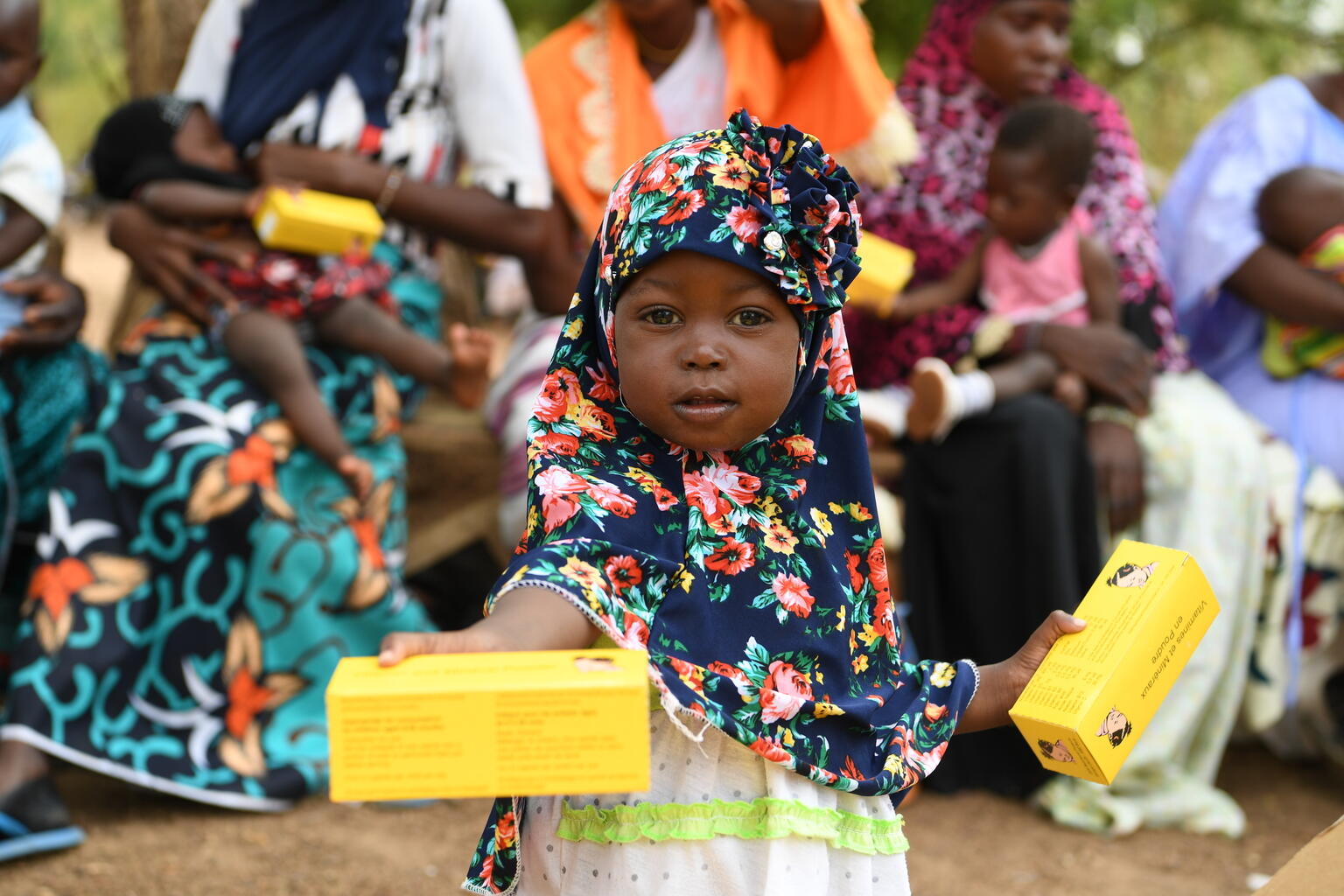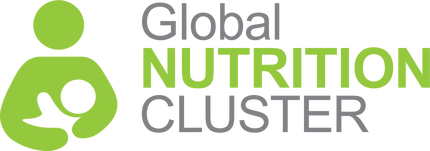Request support on coordination, information management, integration for nutrition outcomes or technical nutrition in emergencies assistance.
التماس الدعم لتنسيق التغذية وإدارة المعلومات والتغذية في حالات الطوارئ
Demander un appui pour la coordination de la nutrition, la gestion de l'information et la nutrition dans les situations d'urgence
Buscar apoyo para la coordinación de la nutrición, la gestión de la información y la nutrición en situaciones de emergencia
Solicite apoio para coordenação em nutrição, gestão de informação e nutrição em emergências
Since the turn of the century, the world has celebrated International Migrants Day on 18 December. Currently, there are over 281 million people moving between continents, countries and within regions. And for very diverse reasons.
The UN Refugee Agency (UNHCR) estimates that 103 million people have been forcibly displaced. In a world where the population recently surpassed 8 billion, that means 1 in 77 people worldwide has been forced to migrate, an increase of 15 per cent from 2021 and representing just over 1% of the global community.
It is extremely difficult to categorically classify a migrant by the reason of travel, especially when the situation has been imposed onto them. That is because there are many factors at play – migrants could be escaping violence, political repression, food insecurity, extreme weather events, warzones… And those circumstances are inextricably intertwined with the economic, social, political and cultural aspects of their lives.
What we know for certain is that, when people are forced to migrate, their nutritional well-being can be seriously compromised.

Conflict fuels food insecurity (and vice versa) because services and distribution of goods tend to be affected, and migration is one way for people to cope. Also, conflict is often compounded by drought and other climatic shocks, thus exacerbating its impacts on rural livelihoods. In many cases, hunger may be both a cause and a consequence of forced migration. This poses a huge nutritional challenge: how to attend to the specific nutritional needs of every person, according to age, gender and condition.
Women have both distinct and enhanced nutritional requirements over the course of their life, for both biological and social reasons. For instance, pregnancy and breastfeeding are two stages when the vulnerability is the greatest due to increased nutritional needs. Therefore, the impact forced migration can have on Infant and Young Children Feeding (IYCF) practices is very concerning.
>> Have a look at this comprehensive IYCF-E Operational Guidance developed thanks to a great collaborative effort by partners.
>> Access these essential IYCF-E transit guidelines (both in Ukrainian and English) and read about protecting breastfeeding practices in the Ukraine Refugee Crisis.
The Alliance’s remote technical support in Turkey: assessing the nutritional status of Syrian refugees and hosting Turkish households
When people attempt to escape conflict, violence and natural or human-made climatic disasters, for instance, they do not usually go far from home. More than half (53.3 million) are Internally Displaced People (IDPs), and most are, in fact, hosted by low and middle-income neighbouring countries.
Turkey, Colombia, Germany, Uganda, and Pakistan are at the top of the list, with Tayyip Erdoğan’s Republic hosting the largest number of refugees in the world: 3.7 million.
In 2021, we supported an IYCF and Food Security assessment conducted with Syrian and Turkish households in the Gaziantep and Hatay provinces. Led by The Welthungerhilfe, the initiative analysed the nutritional status of both Syrians under temporary protection and host Turkish families, with the objective of assessing their necessities, determining the population's ability to meet their nutritional needs, and evaluating the IYCF and maternal nutrition practices.

Our Technical Support Team (TST) helped to improve the quality of the IYCF and Food Security and Livelihoods (FSL) assessment, thanks to their dedicated remote work on planning, data collection, data monitoring, and data analysis.
The results revealed some concerning figures:
- 53% of Syrian and 64% of Turkish households cannot meet their basic food needs
- 42% of Syrian and 73% of Turkish households did not receive any kind of assistance
- 53% of Syrian and 72% of Turkish mothers did not receive any support or counselling during pregnancy and lactation periods
The findings highlighted the need to increase the number of nutrition specialists and counselling services, as well as enhance awareness-raising activities about appropriate nutrition practices (for all women, children and men).
>> Explore the full Infant and Young Child Feeding (IYCF) and Food Security assessment conducted in Turkey.
>> Check out these tools to help ensure a positive pregnancy experience for women.
>> Get in touch to request remote technical support from the GNC Technical Alliance
Nutrition in Emergencies (NiE) whilst on the move: the importance of preparedness in preventing disease and starvation
When people are forced to migrate, both their lives and livelihoods are threatened. People might have no choice but to leave their homes and crops behind and confront a new reality where there is limited access to food, health services and water.
In that scenario, where basic services are interrupted, and bad hygiene and inadequate sanitation are common, the chances of illness are much higher. That is why, in health emergencies like COVID-19, infection prevention and control measures are crucial, as well as good communication in the first hours and days of an emergency response.

Acute malnutrition is a form of undernutrition caused by a decrease in food consumption and/or illness that can be life-threatening. It is common when a disaster strikes, especially where poverty and inappropriate childcare practices are present, as well as in the context of economic, political, and environmental instability.
Inadequate sanitation poses a great threat to the life of malnourished children due to their increased susceptibility to illnesses. That is why maternal nutrition interventions are recommended both when at the borders, whilst in transit and in the host communities.
>> Check our Webinar Series in collaboration with UNICEF Regional Office for Latin America and the Caribbean on Nutrition in Emergencies in the Context of COVID-19 and Migration.
>> Learn how to identify when children are in need of nutrition with this overview of the MUAC vs. WFH debate.
>> Have a look at this guidance about Protecting Maternal Diets and Nutrition Services and Practices in the Context of COVID-19
>> Is it safe for mothers with COVID-19 or who have taken the vaccine to breastfeed?
